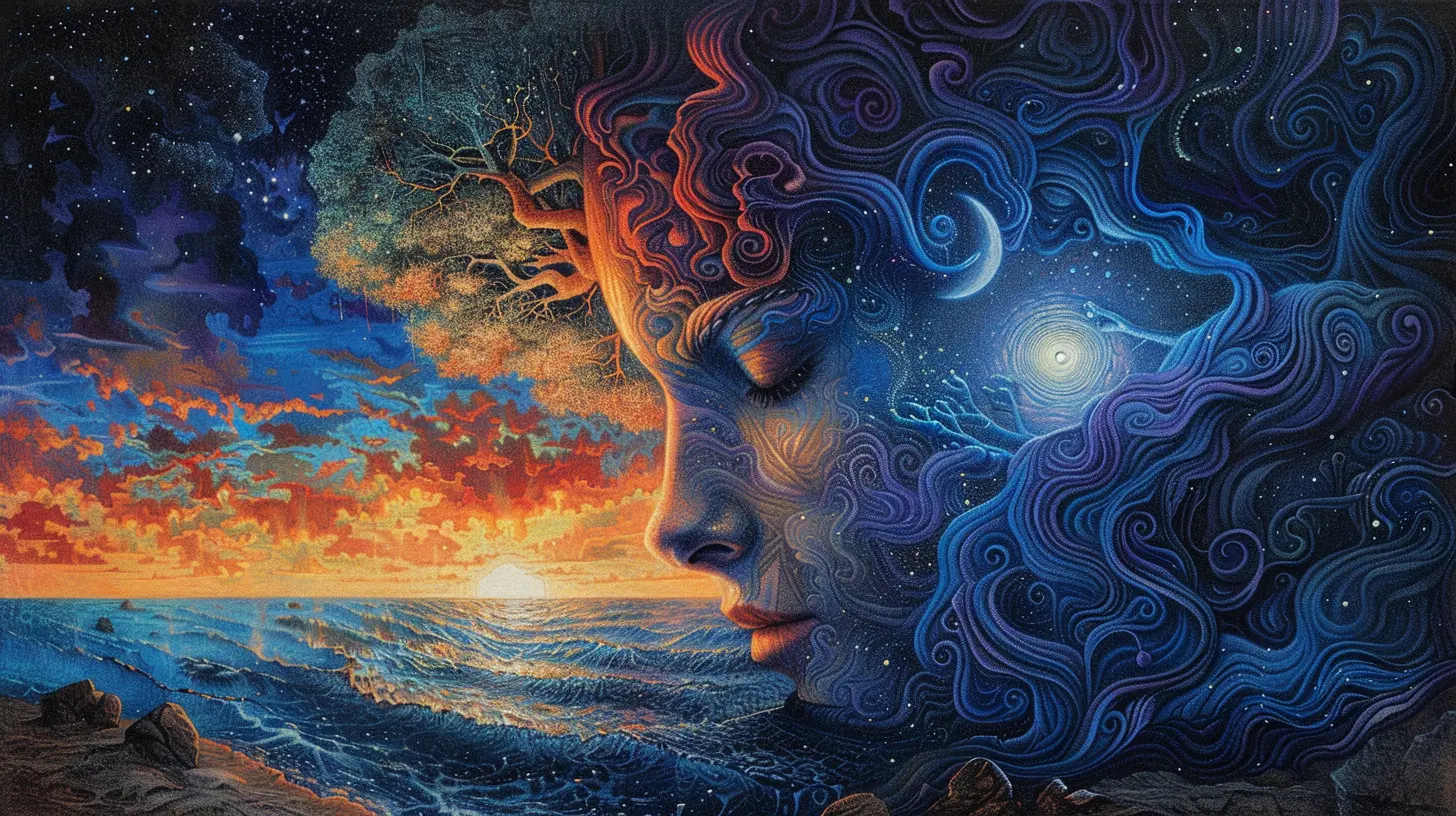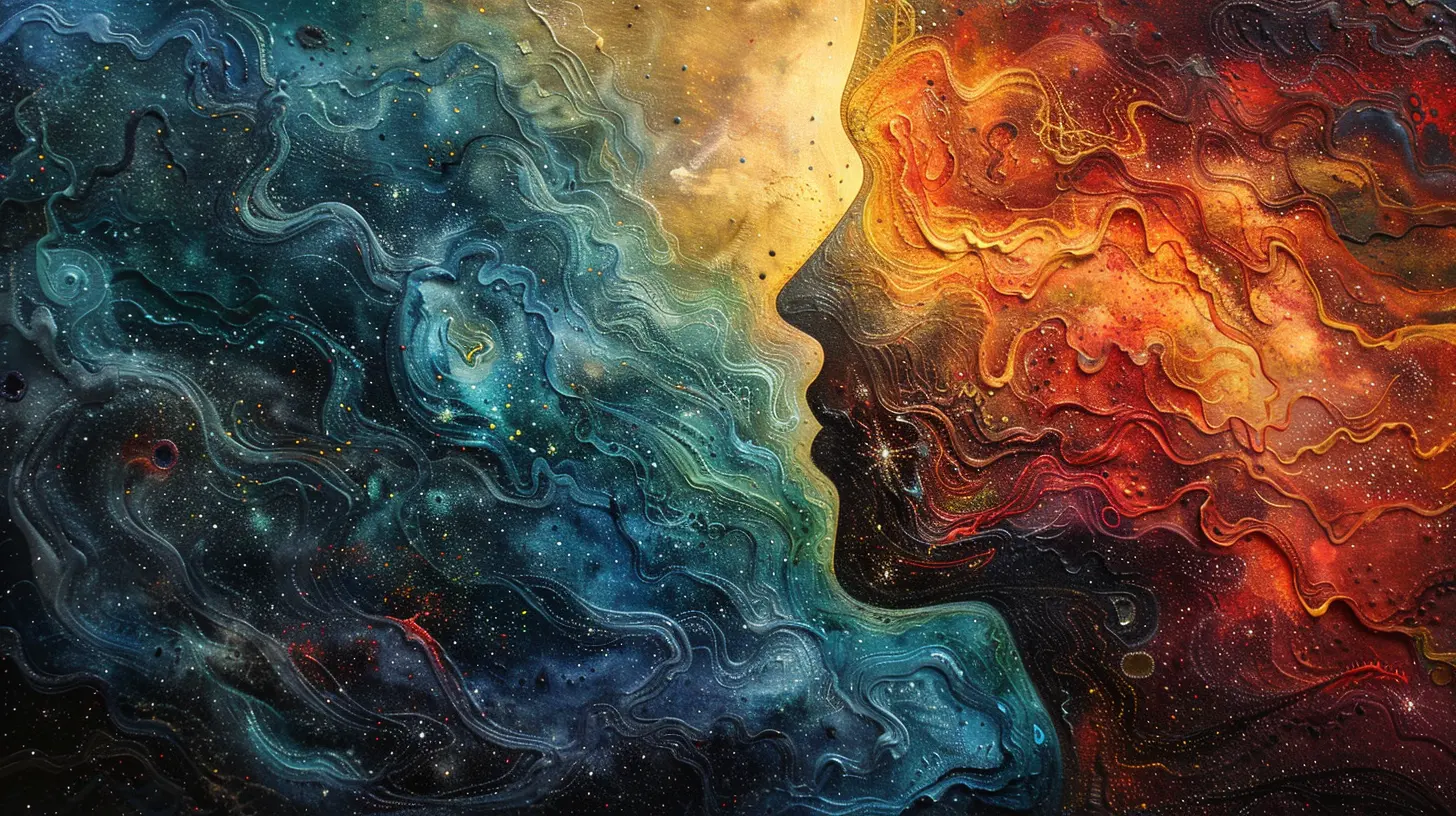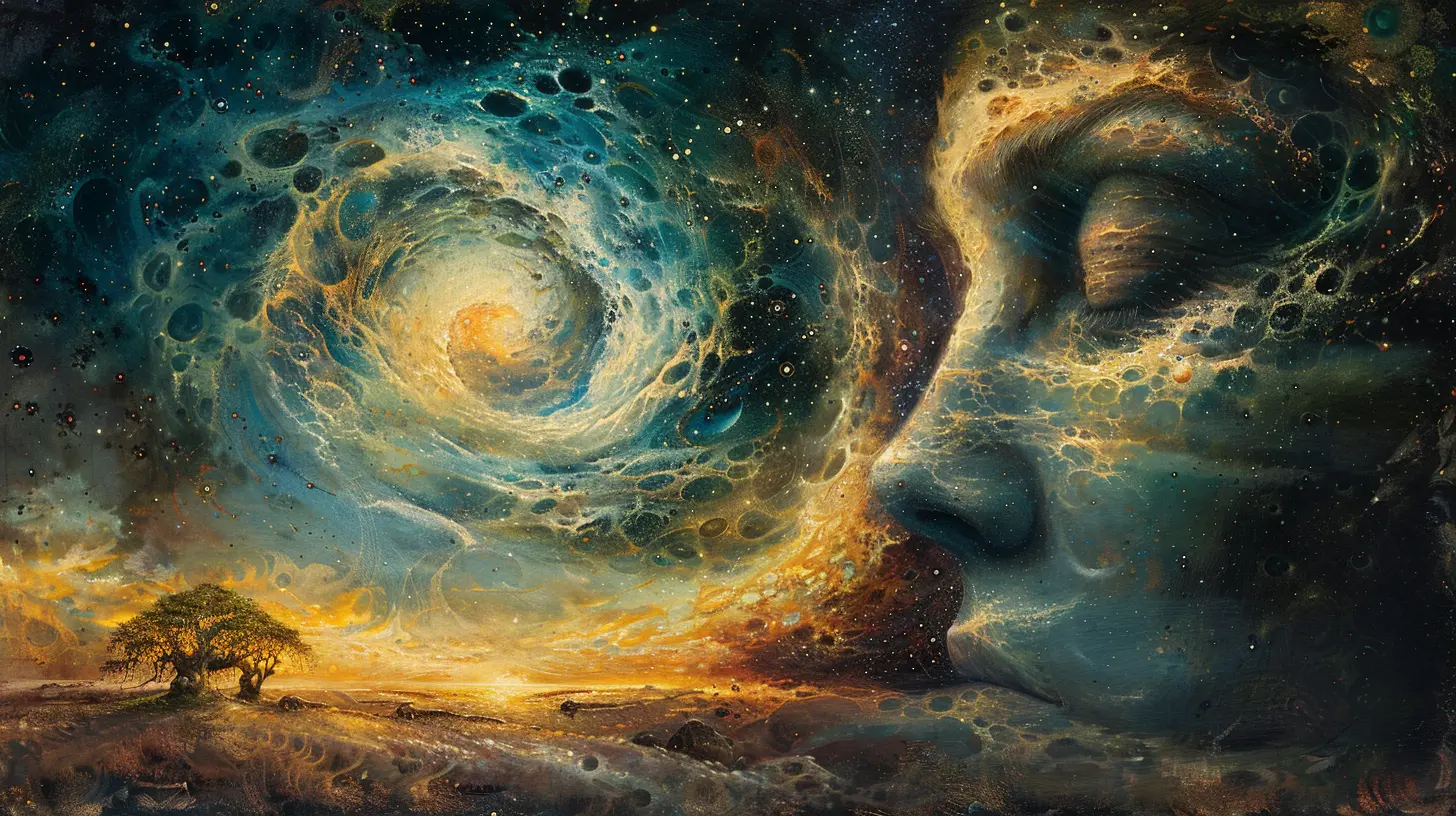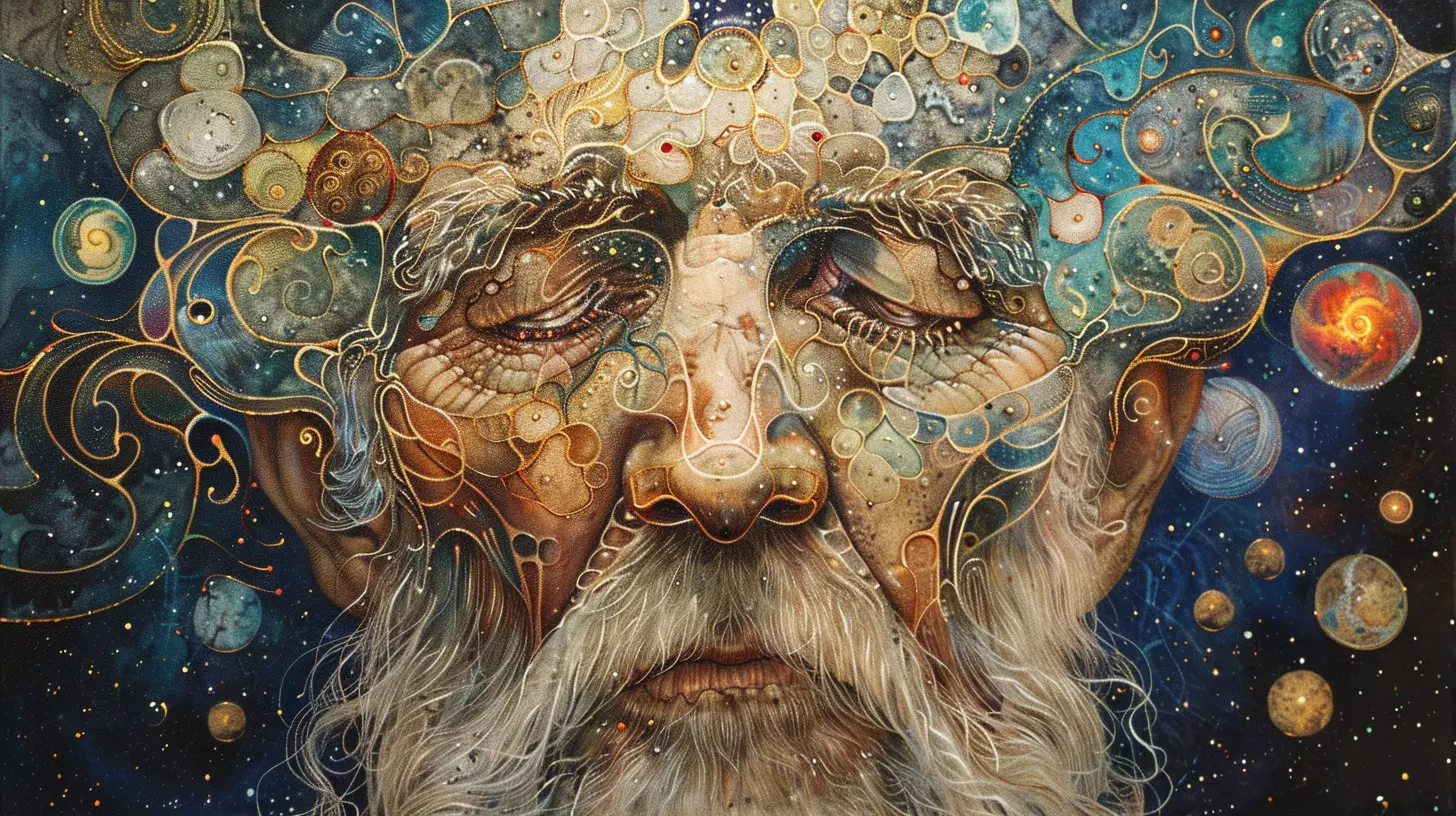Carl Jung and the Collective Unconscious: A Journey into Archetypes
28 June 2025
Let’s take a trip—not just any trip, but one into the deepest layers of the human mind. Sound intense? Well, it kind of is. We're diving into the fascinating world of Carl Jung and the concept of the collective unconscious. His ideas revolutionized how we think about psychology, identity, and even our dreams. So, buckle up because what you're about to read might just change how you look at yourself—and the world around you.

Who Was Carl Jung?
Before we jump head-first into his theories, let's start with the man himself.Carl Gustav Jung was a Swiss psychiatrist and psychoanalyst, born in 1875. He initially worked closely with Sigmund Freud, but the two eventually parted ways. Why? Well, while Freud was focused on the libido and repressed desires, Jung had other ideas—deeper, more mythological ones. He believed in the spiritual and symbolic dimensions of the psyche. That’s where things get intriguing.
Jung wasn’t just a scientist; he was a thinker, a mystic, and even a bit of a philosopher. His work planted seeds that later grew into concepts found in personality psychology, dream analysis, spirituality, and even pop culture. Ever taken the Myers-Briggs personality test? Yup, that was inspired by Jung’s theories.

What Is the Collective Unconscious?
Alright, here’s where we dive a little deeper—but don’t worry, I’ll keep it light.Most of us are familiar with the idea of the personal unconscious, right? It's where we store memories, feelings, and thoughts that we’re not actively aware of but that can still influence our actions. Think of it like your brain’s storage closet.
Now, Jung took this a step further. He proposed that beneath the personal unconscious lies something much bigger: the collective unconscious.
This is not just your stuff—it’s everyone’s. It’s like the cloud storage of the human race. The collective unconscious contains universal patterns and symbols passed down through generations, even across cultures. Jung called these recurring symbols “archetypes.”

Archetypes: The Language of the Collective Unconscious
Imagine watching a movie and instantly recognizing the villain, the hero, or the wise old mentor. You don’t know exactly why, but something just clicks. That’s archetypes at work.Jung believed that archetypes live in the collective unconscious and shape how we think, feel, and behave. They’re like mental blueprints—universal, timeless, and always lurking in the background of our psyche.
Here are a few of Jung’s most well-known archetypes:
1. The Self
This one sits at the center of our psyche and represents your whole being—your conscious and unconscious minds united. It’s like the target we’re all trying to hit as we go through life: wholeness, balance, harmony.When someone’s really “in tune” with themselves? That’s the Self in action.
2. The Shadow
Ah yes, the darker side of you—the one you don’t always want to acknowledge. The Shadow includes traits you hide or suppress because they don’t fit your self-image. But ignoring it doesn’t make it go away. In fact, Jung believed confronting your Shadow is essential for personal growth.Think of it as your psychic compost heap. It might smell bad, but there’s rich soil in there if you’re brave enough to dig through it.
3. The Anima and Animus
These archetypes represent the feminine side of a man (Anima) and the masculine side of a woman (Animus). Why should we care? Because Jung thought our psychological development relies on integrating both energies, no matter our gender.It’s about balance. Ever notice how some people are great at blending logic and emotion? That’s the Anima and Animus working in harmony.
4. The Persona
This is the mask you wear in society—the version of yourself you show the world. It’s not necessarily fake, but it's curated. You know, like your Instagram filter for real life.But problems arise when we identify too much with our Persona and forget who we really are underneath.
5. The Hero
Ah, the classic hero’s journey. This archetype appears in myths, books, and movies across all cultures—from Hercules to Harry Potter. The Hero's mission? To overcome challenges and grow stronger in the process.We all have our own hero journey, whether it's battling anxiety, starting a new job, or surviving Monday mornings.
6. The Wise Old Man/Woman
This archetype represents wisdom, insight, and guidance. Think Gandalf, Dumbledore, Yoda. They show up right when the hero needs help the most.In real life, these figures could be mentors, grandparents, teachers—or even your inner voice during tough decisions.

How Do Archetypes Show Up in Real Life?
You’d be surprised. Archetypes aren’t just “woo-woo” psychological concepts; they’re everywhere.Ever find yourself acting like a martyr, thinking no one appreciates you? That’s the Victim archetype. Feel a deep urge to serve and protect others? Hello, Caregiver.
We see archetypes in:
- Movies and literature
- Dreams (more on that in a sec)
- Cultural myths and religions
- Advertising and branding (Seriously, think about how brands use archetypes to connect with you emotionally. Nike as the Hero, Apple as the Creator. Mind = blown.)
Dreams: The Playground of the Unconscious
Jung was obsessed with dreams. He believed they were the language of the unconscious, and more importantly, the collective unconscious.Ever had a dream that felt ancient, symbolic, or just too weird to explain? According to Jung, that’s your unconscious mind dropping archetypal breadcrumbs. He even created a process called “dream analysis” to help people interpret symbols and patterns in their dreams.
Basically, he treated dreams like messages from your deeper self—not random brain junk.
Why Does the Collective Unconscious Matter Today?
You might be wondering, “Okay, this is cool…but how does it help me?”Good question.
Understanding the collective unconscious—and the archetypes within it—can seriously improve self-awareness. It helps you:
- Recognize patterns in your thoughts and behaviors
- Make more conscious choices
- Understand your dreams and emotions better
- Navigate life transitions “like the Hero on a quest”
- Accept your flaws (hello, Shadow) and turn them into strengths
Honestly, Jung’s work gives you a psychological treasure map. You just need the courage to read it.
Individuation: Becoming Your Whole Self
If you take away one big idea from Jung, let it be this: individuation.This is the process of becoming your true self—not who society wants you to be, not who your Persona pretends to be, but the real, integrated you.
It’s not an easy journey. You’ll face your Shadow, integrate your Anima/Animus, and challenge your beliefs. But according to Jung, it’s the most meaningful journey you’ll ever take.
In a world obsessed with surface-level stuff, individuation is all about depth. It’s about going inward so you can live outward with purpose, peace, and authenticity.
Jung’s Legacy: More Relevant Than Ever
It’s wild to think Carl Jung came up with these ideas over a century ago. Yet here we are, still using terms like “Shadow work,” “inner child,” and “archetypes” in therapy, coaching, and everyday convos.Jung’s vision gave us a new way to understand the human condition—a language for the soul, if you will.
His work laid the foundation for:
- Depth Psychology
- Art Therapy
- Dream Interpretation
- Transpersonal Psychology
- Personality Typing
Even mindfulness and spiritual practices often echo Jungian principles. It’s not just psychology—it’s life.
Final Thoughts
Carl Jung and the collective unconscious aren’t just academic theories—they’re living concepts that affect how we think, feel, and relate to the world. Whether you're a therapist, a spiritual seeker, or just someone trying to understand why you keep attracting the same kind of relationships, Jung’s insights offer a rich and powerful roadmap.Remember, archetypes don’t control us—they guide us. The goal isn’t to eliminate them, but to understand them… and in doing so, understand ourselves.
So the next time you catch yourself in a familiar pattern or a symbolic dream, pause and ask: “What archetype is showing up here?” You might be surprised by the answer.
After all, the journey to understanding yourself is the greatest journey of all.
all images in this post were generated using AI tools
Category:
PsychoanalysisAuthor:

Paulina Sanders
Discussion
rate this article
1 comments
Chelsea McNair
What a fascinating exploration of Jung's concepts! The idea of archetypes and the collective unconscious really opens up new ways to understand our shared humanity.
July 15, 2025 at 4:08 PM

Paulina Sanders
Thank you for your insight! I'm glad you found Jung's concepts illuminating in understanding our shared humanity.


